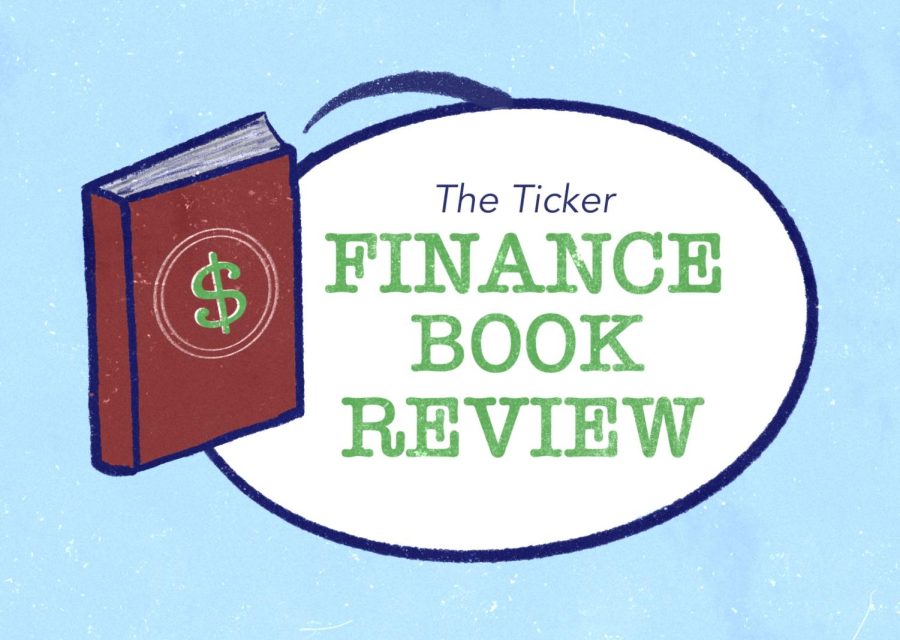‘The Debt Trap’ investigates roots of student debt crisis
April 28, 2022
In “The Debt Trap” author Josh Mitchell walks the reader through all the major events, players and factors that have turned Americans’ genuine desire for economic prosperity into a $1.7 trillion dollar disaster.
The book is a must read for high school students and incoming college students who are navigating how to pay for college, plus those who are pursuing post-graduate education, in hopes of creating a better life for themselves and their families.
It is also a great read for voters to understand the key parties with influence on the cost of higher education.
Although federal student lending was established to make higher education more accessible to families with low income and foster economic growth, it ended up doing the opposite.
SLM Corp., higher educational institutions and the government balance sheet profited at the cost of students.
Mitchell goes into how SLM, which is also known as Sallie Mae, advocated for direct lending to students under vice chair and CEO Al Lord so it could profit without federally appointed personnel on its board to vet its loan-giving process. Since the government was paying fully for all the defaulted loans, Sallie Mae did not have incentive to properly vet who it gave loans to.
The author also goes into how colleges and universities increase tuition costs each semester, making students pay for the rising costs because they kept receiving larger loans without someone looking into why tuition costs were rising.
Additionally, Mitchell goes into how the federal government profited from the accumulating, high interest rates on these loans. Additionally, graduates are unable to pay off their loans due to low-paying jobs.
Mitchell also goes into how policies worsened the crisis, making it difficult for individuals to file for bankruptcy. He explains the irony, since Sallie Mae and other organizations were able to receive government bailouts while individuals could not.
In his conclusion, Mitchell introduces some possible solutions to the problem, mentioning congressional members advocating for canceling student debt. However, he argues that doing that may help people who currently have debt but will do little to prevent more victims from falling into this trap in the future.
At the heart of the book, Mitchell advocates for change to fix the system.
He leaves readers with chills, exposing the reality of a complex financial issue that impacts over 43 million Americans, both directly and indirectly.








